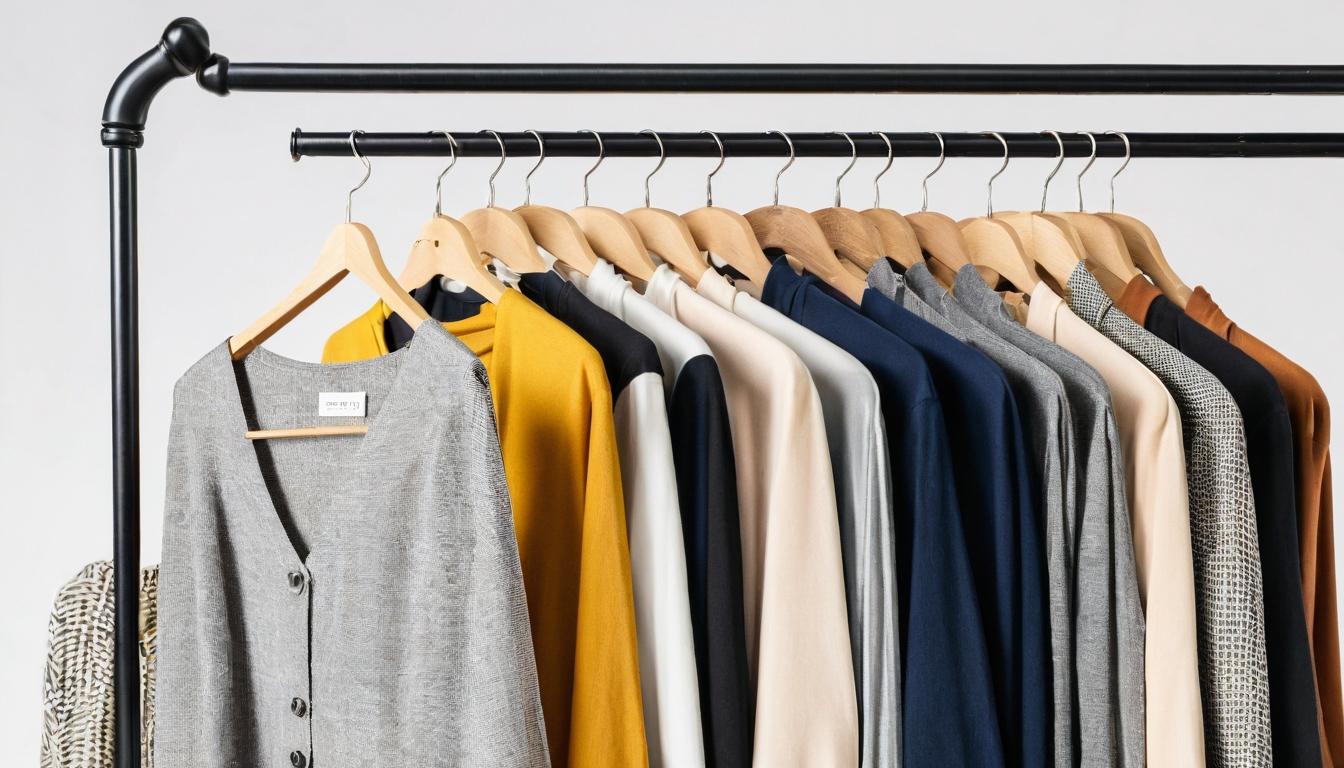In the shadow of fast fashion's glittering storefronts and constant markdowns, a different kind of fashion movement is taking root. While major retailers continue to chase quarterly profits with ever-faster production cycles, a network of independent designers and small-scale manufacturers are building something more enduring—clothes meant to last, to be repaired, and to tell a story.
These aren't the sustainability initiatives you see in corporate annual reports or celebrity-backed green collections. This is fashion's underground resistance, operating out of Brooklyn studios, Portland workshops, and digital storefronts that prioritize transparency over scale. They're measuring success not in units sold, but in garments that remain in circulation for years rather than seasons.
The movement began quietly, almost as a reaction against the overwhelming sameness of mall fashion. Designers who had grown tired of working within the constraints of mass production started asking different questions: What if we used deadstock fabric that would otherwise go to landfill? What if we paid living wages instead of minimum wages? What if we designed pieces that could be altered as bodies change rather than discarded?
What's emerging is a new aesthetic that values imperfection and individuality. Unlike the flawless uniformity of fast fashion, these garments often bear the subtle marks of human hands—slight variations in stitching, natural dye variations, and textures that machines can't replicate. Customers aren't just buying clothing; they're investing in artifacts with provenance.
The business model is equally revolutionary. Many of these brands operate on pre-order systems, producing only what's been purchased to eliminate waste. Others maintain tiny seasonal collections that complement rather than replace previous offerings. The focus has shifted from convincing customers they need something new to providing them with something meaningful.
Social media has been the great equalizer, allowing these small operations to reach global audiences without massive marketing budgets. Instagram feeds filled with behind-the-scenes content, fabric sourcing stories, and customer photos wearing pieces years after purchase have created communities around brands that once would have remained local secrets.
The environmental impact, while difficult to measure across hundreds of small operations, appears significant. One London-based brand calculated that their made-to-order model saves approximately 3,000 garments from potential landfill each month compared to traditional production methods. Another in Los Angeles has diverted over 15,000 meters of fabric from waste streams in two years.
Consumer behavior is shifting in response. The rise of the 'less but better' philosophy has created customers who research supply chains, ask about material origins, and willingly pay higher prices for garments they know will last. This isn't just about being eco-conscious—it's about developing a more thoughtful relationship with what we wear.
Challenges remain, of course. Scaling ethical production without compromising values is difficult. Access to sustainable materials at viable prices continues to be a hurdle. And the seduction of fast fashion's low prices and immediate gratification remains powerful for many consumers.
Yet the movement continues to grow, fueled by younger designers entering the field with different priorities and consumers increasingly concerned about fashion's environmental footprint. They're proving that another way is possible—that fashion can be both beautiful and responsible, creative and conscious.
What makes this revolution different is its quiet persistence. There are no loud marketing campaigns claiming to save the planet, no celebrity endorsements distracting from the actual work. Just designers, makers, and consumers slowly building an alternative system, one garment at a time.
The quiet revolution of sustainable fashion: how small brands are changing the industry from the ground up

